FASHION DUMPSITE FACTS
“The secondhand clothing trade is not charity. Nor is it recycling. The secondhand clothing trade is waste colonialism. The Kantamanto community works tirelessly to resell and upcycle the Global North’s discards but their efforts are buried under the weight of waste colonization." Liz Ricketts, founder, The OR Foundation
01.
Less than 10%
In Denmark less than 10% of used clothes get resold in second-hand stores. The rest is shipped off to the Global South.
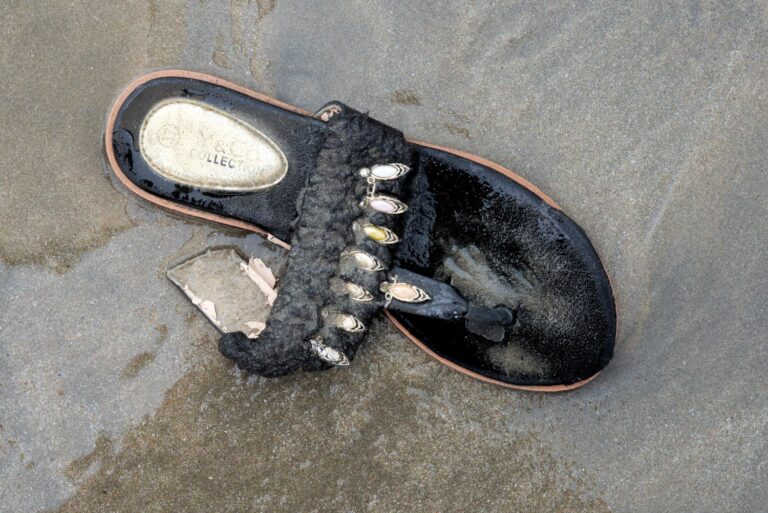
01.
less than 10 %
In Denmark less than 10% of used clothes get resold in second-hand stores. The rest is shipped off to the Global South.
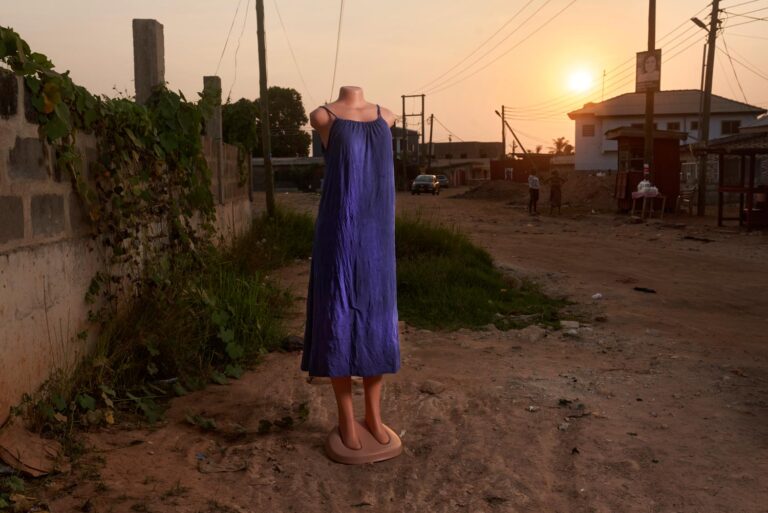
02.
25 million garments
Kantamanto is the world's largest secondhand hub, recirculating at least 25 million garments every month - which is far more than any dedicated clothing resale platform in the Global North.
Source: The OR Foundation
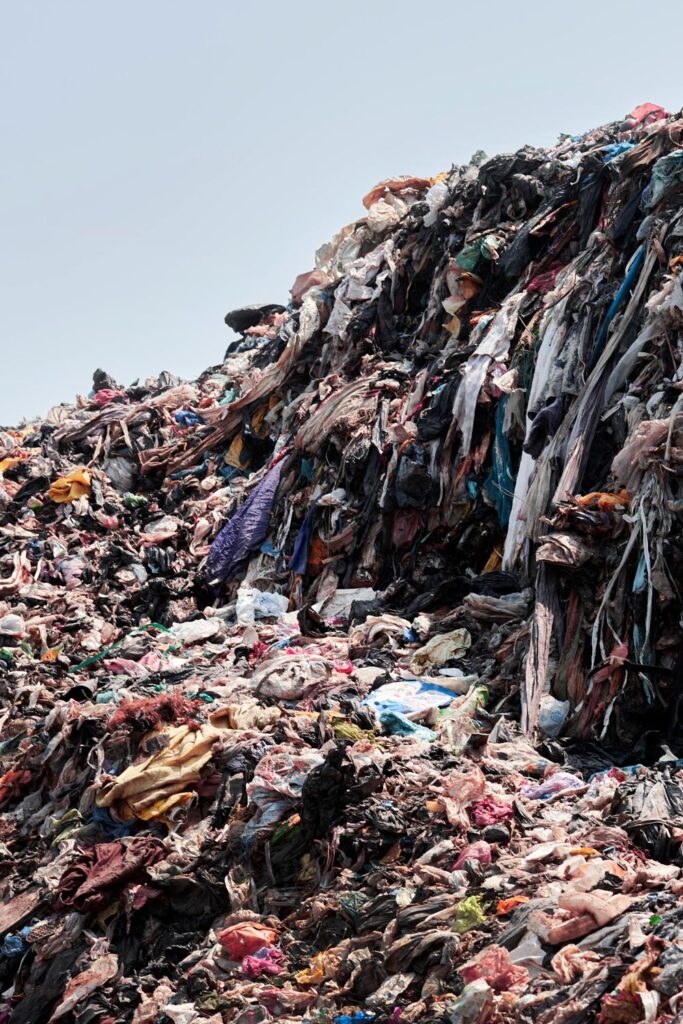
03.
40 % ends as waste
Research since 2016 has shown that roughly 40 % of the millions of items that pass through Kantamanto Market every week leave the market as waste. These garments represent one of the largest consolidated sources of waste in the city of Accra.
Source: The OR Foundation
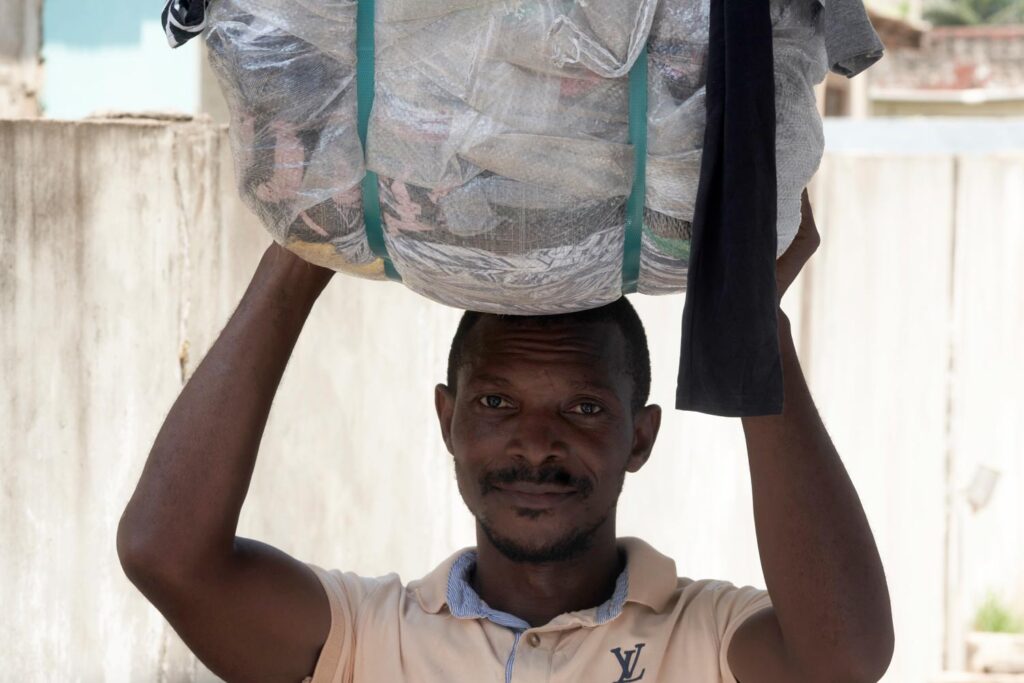
04.
30 cent per trip!
More than 30 thousand people work to add value to the garments through sorting and merchandising, remanufacturing, tailoring, screen printing, washing, ironing, drying and transporting. A kayayei, usually a girl, is paid between 30 cent to 1$ per trip transporting the 55 kilo clothing bale to stalls, storage or disposal sites.
Source: The OR Foundation
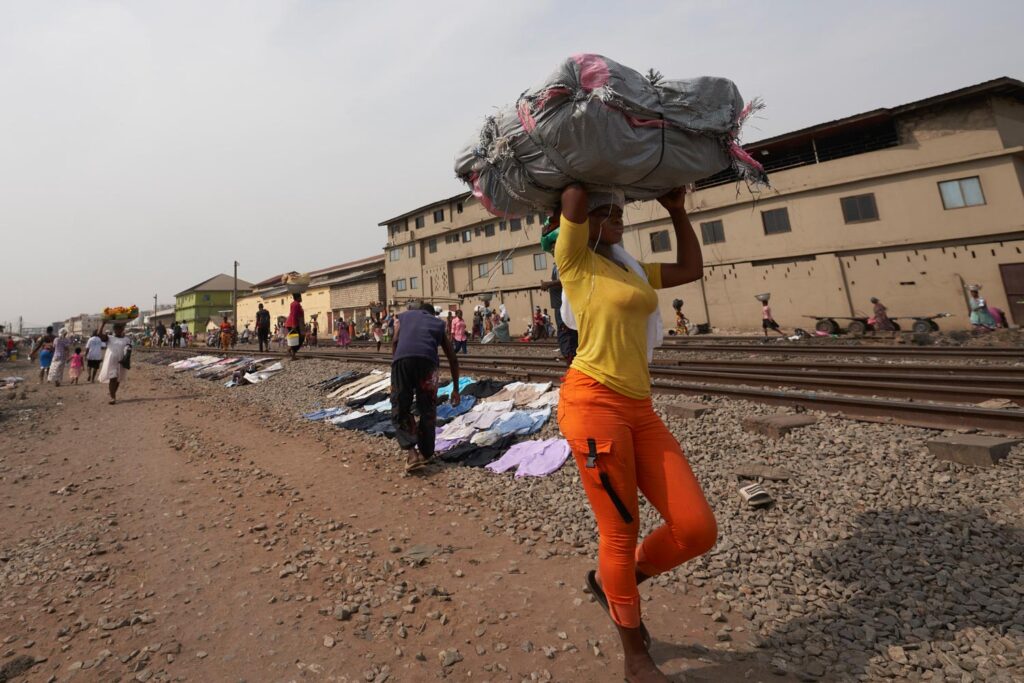
05.
Fast fashion on the rise
Since the mid-2000’s the number of garments purchased by the average consumer has more than doubled (Global Fashion Angeda’s Pulse Report). The number of times a new garments is worn by Westerners has declined by 36%

06.
Fast fashion equals low quality
The lowest quality clothes are often new from fast fashion companies, rather then secondhand (Vogue Business)
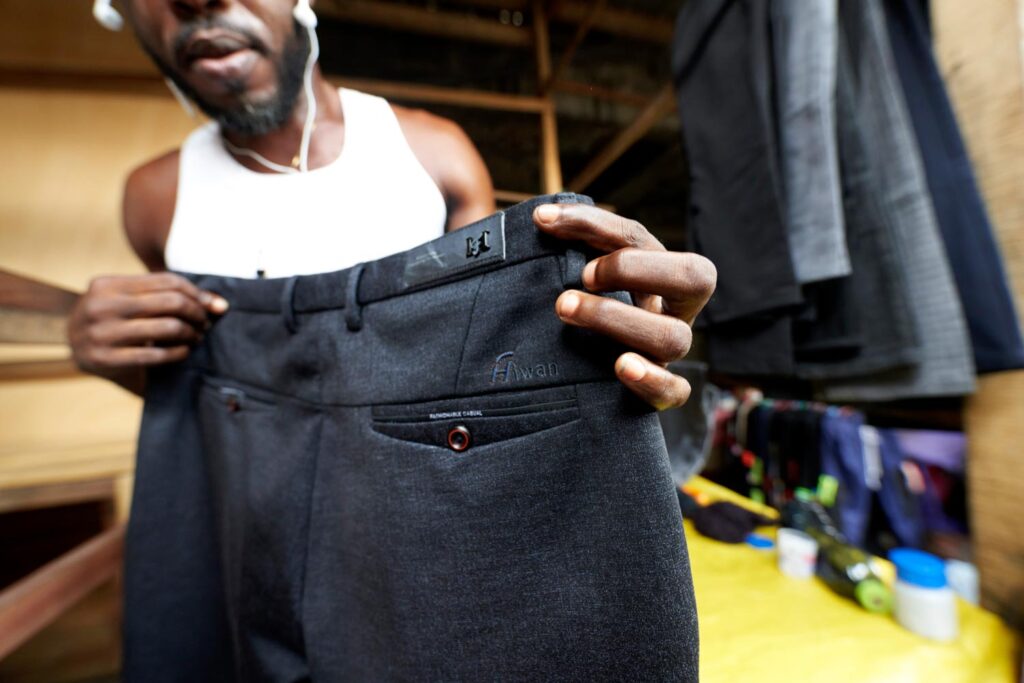
07.
Ghanas textile industry is declining
A few decades ago some half a million people were employed in Kenya’s textile industry. Recent national statistics from 2014 put that figure around 38.000 (Vogue business). Ghanas textile industry has declined from a high of 25.000 jobs in 1975 to 5000 in jobs in 2000, the number of large manufacturers declined from 16 to three (the OR)
Source: The OR Foundation
25 million garments
Kantamanto is the world's largest secondhand hub, recirculating at least 25 million garments every month - which is far more than any dedicated clothing resale platform in the Global North.
Source: The OR Foundation
02.
03.
40 % ends as waste
Research since 2016 has shown that roughly 40 % of the millions of items that pass through Kantamanto Market every week leave the market as waste. These garments represent one of the largest consolidated sources of waste in the city of Accra.
Source: The OR Foundation
30 cent per trip!
More than 30 thousand people work to add value to the garments through sorting and merchandising, remanufacturing, tailoring, screen printing, washing, ironing, drying and transporting. A kayayei, usually a girl, is paid between 30 cent to 1$ per trip transporting the 55 kilo clothing bale to stalls, storage or disposal sites.
Source: The OR Foundation
04.
05.
Fast fashion on the rise
Since the mid-2000’s the number of garments purchased by the average consumer has more than doubled (Global Fashion Angeda’s Pulse Report). The number of times a new garments is worn by Westerners has declined by 36%
Fast fashion equals low quality
The lowest quality clothes are often new from fast fashion companies, rather then secondhand (Vogue Business)
06.
07.
Ghanas textile industry is declining
A few decades ago some half a million people were employed in Kenya’s textile industry. Recent national statistics from 2014 put that figure around 38.000 (Vogue business). Ghanas textile industry has declined from a high of 25.000 jobs in 1975 to 5000 in jobs in 2000, the number of large manufacturers declined from 16 to three (the OR)
Source: The OR Foundation
